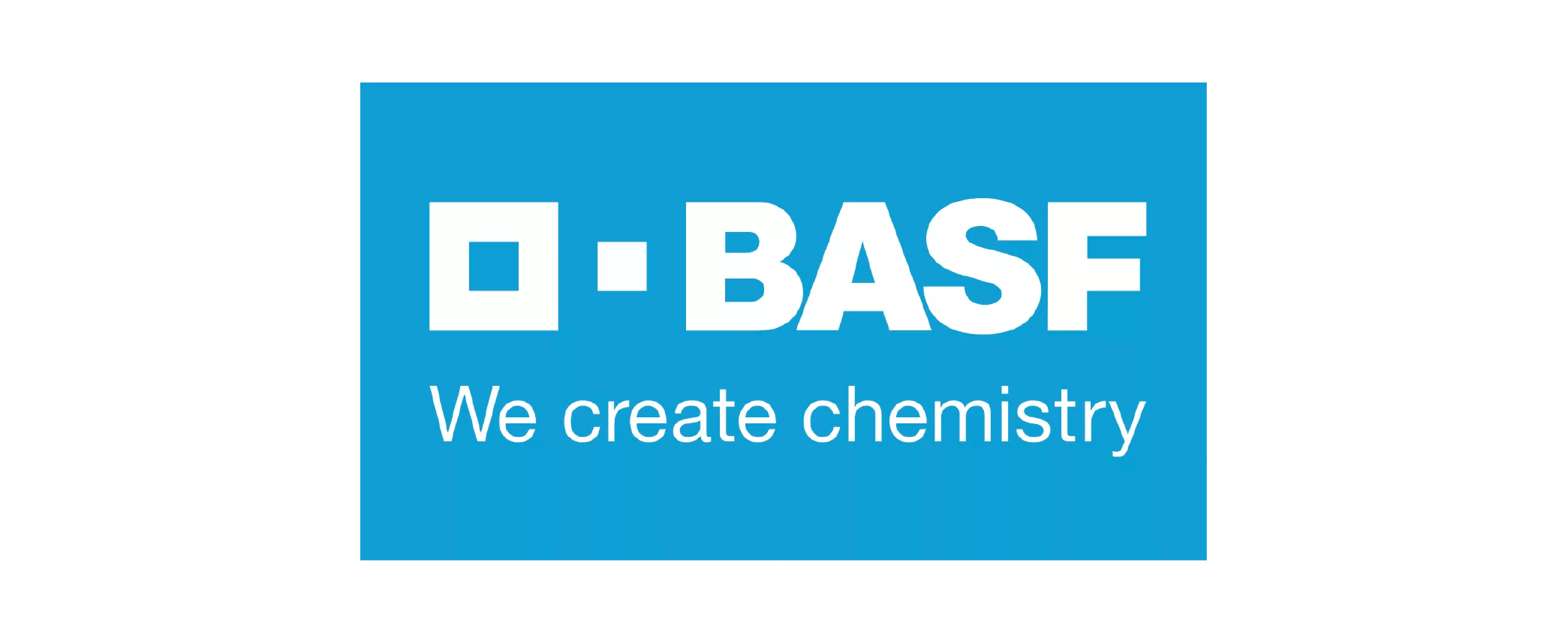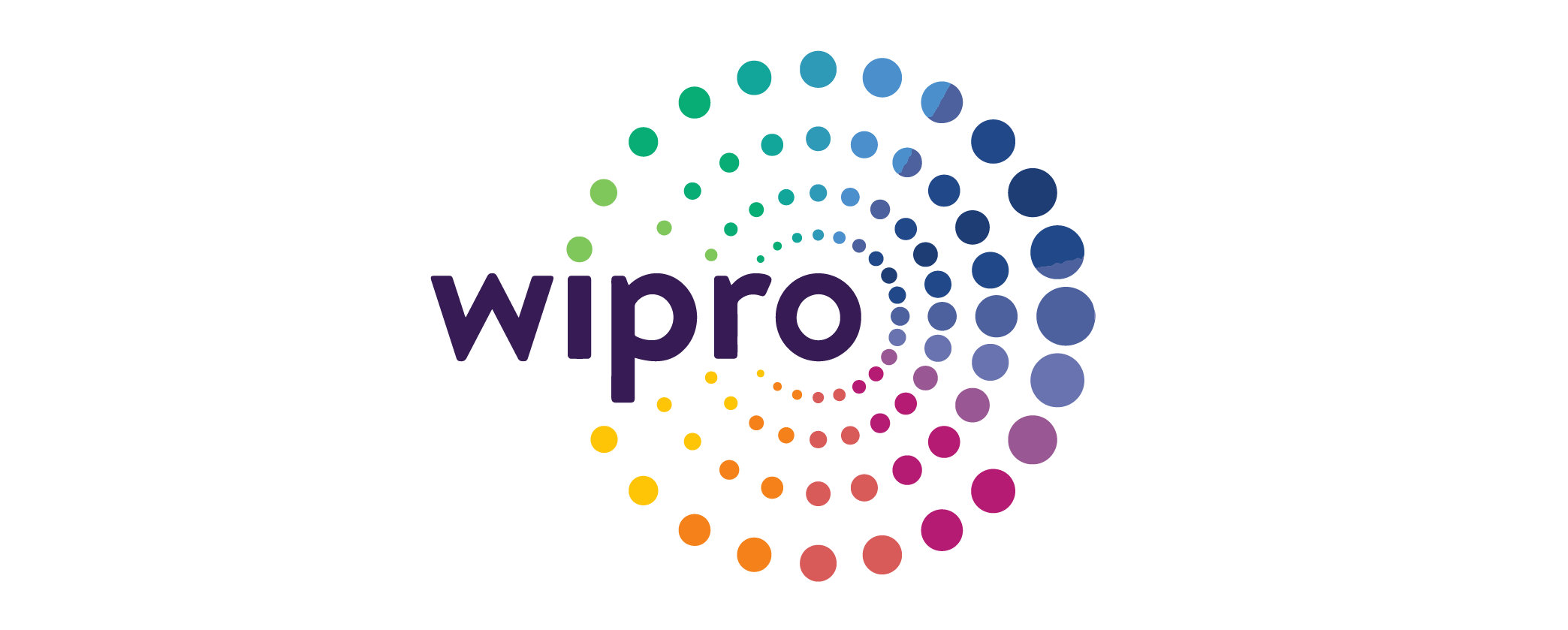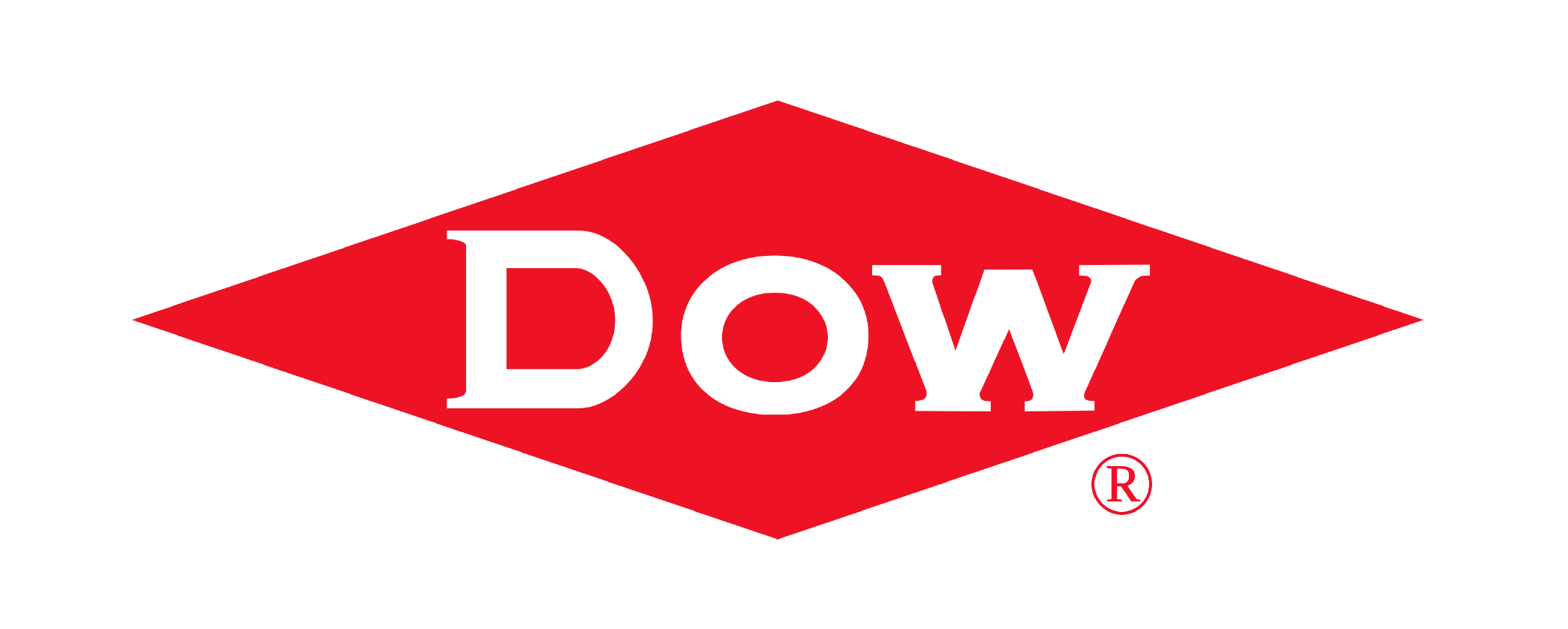The global Cancer Radiotherapy Market size was valued at USD 8.5 Billion in 2024 and is projected to expand at a compound annual growth rate (CAGR) of 7.5% during the forecast period, reaching a value of USD 15 Billion by 2032.
The "Cancer Radiotherapy Market Research Report" by Future Data Stats provides an in-depth examination of the market landscape, utilizing historical data from 2021 to 2023 to identify key trends and growth patterns. Setting 2024 as the foundational year, the report explores consumer behavior, competitive forces, and regulatory frameworks that influence the industry. It transcends basic analysis, delivering a thoroughly researched forecast extending from 2025 to 2033. By employing sophisticated data analysis methodologies, the report not only outlines the market's growth trajectory but also uncovers emerging opportunities and foresees potential obstacles, empowering stakeholders with vital insights to adeptly navigate the changing market landscape.
MARKET OVERVIEW:
Cancer radiotherapy refers to the medical use of high-energy radiation to destroy or control cancer cells. It serves as a key treatment option alongside surgery and chemotherapy, often used to shrink tumors, prevent recurrence, or relieve symptoms. Hospitals, cancer centers, and outpatient clinics commonly provide radiotherapy using advanced equipment and carefully planned dosing strategies. For market purposes, the cancer radiotherapy market encompasses the global trade and development of radiotherapy technologies, equipment, software, and services. This market supports healthcare providers in delivering precise cancer care while driving innovation through research partnerships, government funding, and increasing demand for non-invasive treatments.
MARKET DYNAMICS:
The cancer radiotherapy market continues to evolve with the growing use of image-guided and intensity-modulated technologies that improve treatment accuracy. Hospitals and research centers are increasingly adopting AI-powered planning systems that adjust doses in real time based on tumor movement. Compact linear accelerators and mobile units are also gaining attention, offering more flexibility for smaller clinics and rural settings. Looking ahead, the market is expected to expand through advancements in proton therapy and personalized radiation strategies. Startups and established players are exploring adaptive radiotherapy and radiopharmaceuticals, aiming to enhance outcomes with fewer side effects. As cancer cases rise and healthcare systems invest in oncology infrastructure, businesses in this space can expect strong growth opportunities across both developed and emerging regions.
Innovations in treatment methods, such as targeted therapy and proton therapy, enhance the effectiveness of radiotherapy, making it a preferred choice among healthcare providers. Additionally, the rising awareness of early cancer detection and treatment options encourages more patients to seek radiotherapy, further boosting market demand. However, the market faces challenges that could hinder its expansion. High treatment costs and the availability of alternative therapies may deter some patients from choosing radiotherapy. Moreover, regulatory hurdles and the need for skilled professionals can limit accessibility in certain regions. Despite these challenges, opportunities abound in the form of emerging markets and the development of more cost-effective treatment solutions, paving the way for future growth in the radiotherapy sector.
CANCER RADIOTHERAPY MARKET SEGMENTATION ANALYSIS
BY TYPE:
External beam radiotherapy leads this segment due to its broad clinical use and continued upgrades in delivery precision. Medical centers prefer it because it allows targeted tumor treatment while sparing nearby healthy tissue. Advances in linear accelerator design and treatment planning software have made this type more accessible and reliable. Internal beam radiotherapy, or brachytherapy, remains essential for treating localized tumors such as cervical or prostate cancers. This method provides direct radiation at the tumor site, enhancing efficacy with fewer sessions. The growing focus on organ preservation and reduced side effects drives its clinical preference in specific cancer types.
Systemic radiotherapy continues to find its niche in cases where cancer has spread beyond local boundaries. It involves radioactive substances traveling through the bloodstream to target cancer cells, proving effective for certain blood cancers and metastases. Ongoing research and the integration of radiopharmaceuticals are shaping its growth.
BY TECHNOLOGY:
IMRT has gained strong clinical adoption for its ability to modulate radiation intensity across the tumor, leading to higher precision and minimized side effects. It is especially favored in complex cases like head and neck cancers, where preserving function is vital. Its dominance comes from its balance of efficiency and safety. IGRT builds on the benefits of IMRT by adding imaging tools for real-time tumor targeting. As tumors may shift between treatments, IGRT ensures accuracy throughout a therapy course. This capability makes it the top choice for precision-demanding applications, especially in mobile organs like the lungs.
Proton beam therapy is rapidly growing, particularly in pediatric and sensitive-area oncology. Proton energy stops directly at the tumor with minimal exit dose, reducing damage to surrounding tissue. Its adoption is rising in North America and Asia due to government investments and partnerships with tech providers.
BY APPLICATION:
Prostate cancer remains a leading application for radiotherapy, especially external beam and brachytherapy. High survival rates and the need for minimally invasive solutions make radiotherapy a go-to option. Increasing awareness and early diagnosis also fuel consistent demand. Breast cancer care continues to rely on radiotherapy, especially post-surgery to prevent recurrence. Technologies like IMRT and 3D conformal radiotherapy improve cosmetic outcomes and protect organs such as the heart and lungs. Widespread screening programs further expand this segment’s impact.
Lung cancer treatments increasingly incorporate radiotherapy alongside surgery or chemotherapy. Stereotactic body radiation therapy (SBRT) is particularly effective for early-stage, inoperable cases. Rising cases in aging populations and smoking-related diseases drive the application of radiotherapy in this area.
BY END USER:
Hospitals dominate the end-user landscape, primarily due to their integrated care models and availability of advanced radiotherapy systems. Larger facilities often act as referral centers for cancer treatment, allowing them to host a variety of radiotherapy modalities under one roof. Cancer research institutes play a pivotal role in testing and deploying innovative techniques. These institutions often collaborate with universities and tech companies to trial emerging technologies like adaptive radiotherapy and AI-based planning. Their influence shapes both technology development and clinical standards.
Ambulatory surgical centers increasingly adopt outpatient radiotherapy services, particularly in urban regions. Their ability to offer faster appointments and shorter wait times appeals to patients seeking convenience. With miniaturized systems becoming available, these centers are poised for growth in certain markets.
BY EQUIPMENT TYPE:
Linear accelerators serve as the backbone of modern radiotherapy due to their versatility and wide clinical usage. They support several techniques, including IMRT and IGRT, making them vital in both general and specialized oncology settings. Continued innovation in beam shaping and software integration strengthens their dominance. Radiation therapy simulators help oncologists plan treatment with precision, using 3D imaging to map tumor dimensions and locations. As precision becomes critical in radiotherapy success, simulators grow increasingly important, especially in combination with IGRT and adaptive technologies.
Treatment planning systems enable detailed dose calculation and mapping, ensuring effective radiation delivery while protecting healthy tissue. As radiotherapy becomes more personalized, demand for advanced software tools grows. Integration with AI and machine learning adds further momentum to this segment.
REGIONAL ANALYSIS:
In North America, the cancer radiotherapy market benefits from strong healthcare infrastructure, early adoption of advanced technologies, and steady funding for oncology services. The United States leads with widespread use of linear accelerators, image-guided systems, and proton therapy centers. Canada follows with increased investments in regional cancer programs and public access to radiotherapy. The presence of major equipment manufacturers and ongoing clinical research keeps this region at the forefront of innovation.
Europe maintains solid market growth through government-backed healthcare systems and growing emphasis on precision cancer care. Countries like Germany, the UK, and France actively deploy modern radiotherapy equipment and support cross-border clinical trials. In Asia Pacific, rising cancer rates, urbanization, and government initiatives drive rapid market expansion, especially in China, India, and Japan. Latin America and the Middle East & Africa show gradual progress as public-private partnerships and global aid efforts help expand access to radiotherapy. While infrastructure challenges remain, targeted investments are steadily improving treatment availability across these regions.
MERGERS & ACQUISITIONS:
- In Jan 2024: Varian (a Siemens Healthineers company) announced a partnership with AstraZeneca to advance precision radiotherapy for cancer.
- In Feb 2024: Elekta acquired a smaller AI-based radiotherapy software firm to enhance treatment planning efficiency.
- In Mar 2024: Accuray signed a strategic collaboration with a Chinese healthcare firm to expand radiotherapy access in Asia.
- In Apr 2024: ViewRay (now part of ASTTA) received FDA clearance for an upgraded MRI-guided radiotherapy system.
- In May 2024: IBA Worldwide partnered with a European hospital group to deploy proton therapy solutions.
- In Jun 2024: Siemens Healthineers invested $250M in R&D for next-gen linear accelerators.
- In Jul 2024: RefleXion Medical merged with a diagnostic imaging company to integrate biology-guided radiotherapy.
- In Aug 2024: BD (Becton Dickinson) acquired a radiotherapy consumables manufacturer to strengthen oncology offerings.
- In Sep 2024: Panacea Medical Technologies launched a new compact LINAC system in emerging markets.
- In Oct 2024: Mevion Medical Systems secured funding to accelerate proton therapy miniaturization.
- In Nov 2024: Hitachi Ltd. expanded its particle therapy footprint with a new center in the Middle East.
- In Dec 2024: Canon Medical Systems entered a joint venture to develop AI-driven radiotherapy solutions
KEY MARKET PLAYERS:
- Varian Medical Systems (Siemens Healthineers)
- Elekta
- Accuray Incorporated
- ViewRay Technologies
- IBA Worldwide
- Siemens Healthineers
- RefleXion Medical
- Mevion Medical Systems
- Hitachi Ltd.
- Canon Medical Systems
- Panacea Medical Technologies
- Brainlab
- RaySearch Laboratories
- iCAD, Inc.
- CIVCO Radiotherapy
- Mitsubishi Electric
- Shinva Medical Instrument
- ProTom International
- Theragenics Corporation
- Nordion Inc.
Cancer Radiotherapy Market: Table of Contents
Executive Summary
- Market Snapshot
- Key Findings
- Recommendations
Market Overview
- Introduction
- Market Definition
- Scope of the Study
- Market Dynamics
- Drivers
- Restraints
- Opportunities
- Challenges
- COVID-19 Impact Analysis
Market Segmentation
- By Type
- By Technology
- By Application
- By End User
- By Equipment Type
Regional Analysis
- North America
- Europe
- Asia Pacific
- Latin America
- Middle East & Africa
Competitive Landscape
- Market Share Analysis
- Key Player Profiles
- Strategic Developments
- Mergers & Acquisitions
- Partnerships & Collaborations
- Product Launches
- Technological Advancements
Research Methodology
- Data Collection
- Market Estimation Approach
- Data Validation
- Assumptions & Limitations
Cancer Radiotherapy Market Segmentation
By Type:
- External Beam Radiotherapy
- Internal Beam Radiotherapy (Brachytherapy)
- Systemic Radiotherapy
By Technology:
- IMRT (Intensity-Modulated Radiation Therapy)
- IGRT (Image-Guided Radiation Therapy)
- Stereotactic Technology
- Proton Beam Therapy
- 3D Conformal Radiotherapy
- Brachytherapy
- Others
By Application:
- Prostate Cancer
- Breast Cancer
- Lung Cancer
- Head and Neck Cancer
- Colorectal Cancer
- Cervical Cancer
- Others
By End User:
- Hospitals
- Cancer Research Institutes
- Ambulatory Surgical Centers
- Others
By Equipment Type:
- Linear Accelerators
- Radiation Therapy Simulators
- Treatment Planning Systems
- Others
By Geography:
- North America (USA, Canada, Mexico)
- Europe (UK, Germany, France, Italy, Spain, Rest of Europe)
- Asia-Pacific (China, Japan, Australia, South Korea, India, Rest of Asia-Pacific)
- South America (Brazil, Argentina, Rest of South America)
- Middle East and Africa (GCC Countries, South Africa, Rest of MEA)
WHY SHOULD YOU INVEST IN A MARKET RESEARCH REPORT?
Smarter Business Decisions:
A high-quality market research report delivers valuable insights into industry trends, customer preferences, and competitor strategies. With solid data guiding your choices, you can minimize risks and confidently pursue new opportunities—whether launching a product or expanding into new markets.
Spot Hidden Opportunities:
Market research uncovers unmet customer needs and emerging trends before they become mainstream. By aligning your products or services with these opportunities, you can stay ahead of the competition and capture untapped demand.
Know Your Competition Inside Out:
Gain a clear picture of your competitors' strengths, weaknesses, and strategies. This knowledge helps you refine your unique selling points, craft stronger positioning, and outmaneuver rivals effectively.
Sharper, More Effective Marketing:
Understanding your audience is key to successful marketing. Market research reveals who your customers are, what drives their decisions, and how they engage with brands. With these insights, you can create tailored campaigns that deliver better results and higher ROI.
Reduce Risks Before They Arise:
Every business move carries some risk—but research helps you anticipate challenges before they become costly. By analyzing market conditions and potential obstacles, you can make proactive adjustments to protect your bottom line and reputation.
Strengthen Your Case for Funding:
Investors and lenders want proof of market potential before backing a business. A well-researched report provides the data-driven evidence they need, boosting your credibility and increasing your chances of securing capital.
Stay Ahead of Industry Shifts:
Markets evolve fast, with new technologies, regulations, and consumer behaviors constantly reshaping the landscape. Regular market research ensures you stay informed, adapt quickly, and maintain a competitive edge in your industry.
RESEARCH METHODOLOGY AT FUTURE DATA STATS
At Future Data Stats, we combine decades of industry expertise with cutting-edge research techniques to deliver unparalleled market intelligence. Our team of seasoned analysts employs a dynamic, data-driven approach to uncover actionable insights, helping businesses navigate complex market landscapes with confidence.
Comprehensive & Cutting-Edge Market Analysis
We go beyond surface-level trends to provide a 360-degree view of market dynamics. Our research methodology is designed to:
✔ Accurately assess market size, growth patterns, and competitive landscapes.
✔ Identify emerging opportunities through real-time trend analysis and predictive modeling.
✔ Validate findings with high-quality data, expert consultations, and independent verification.
Our insights empower decision-makers with strategic clarity, ensuring they stay ahead in rapidly evolving industries.
Multi-Source Data Collection & Validation
We leverage a diverse mix of primary and secondary research sources, including:
- In-depth stakeholder interviews (industry leaders, suppliers, distributors, and end-users)
- Statistical databases & market reports from authoritative global sources
- Regional market intelligence to capture localized trends and demand shifts
- Proprietary analytical models tailored to specific industry needs
- By cross-verifying data from multiple streams, we ensure maximum accuracy and reliability.
Key Advantages of Our Research Approach
- Actionable Intelligence – Clear, data-backed recommendations for strategic planning.
- Technology-Enhanced Accuracy – Advanced tools for data validation and trend forecasting.
- Unbiased Insights – Independent analysis free from external influence.
Our Two-Tier Research Framework
- Primary Research – Direct Industry Engagement
- Expert Interviews: Over 25+ hours of discussions with key stakeholders across the value chain.
- Targeted Surveys: Structured questionnaires for KOLs (Key Opinion Leaders) to gauge market sentiment.
- Competitive Benchmarking: Assessing leading players to determine market positioning.
- Secondary Research – Extensive Data Synthesis
- Analysis of 3,000+ documents, including industry reports, whitepapers, and regulatory publications.
- Global & regional data mining from government databases, trade journals, and financial reports.
- Macroeconomic & sector-specific trend mapping for long-term forecasting.
Dual Analytical Approach
We employ both top-down and bottom-up methodologies to ensure precision:
- Bottom-Up Analysis: Calculating market size from granular data, ensuring detailed accuracy.
- Top-Down Assessment: Validating findings through macroeconomic indicators and industry benchmarks.
Why Choose Future Data Stats?
✔ 70+ years of collective expertise in market intelligence.
✔ Customized research models for sector-specific accuracy.
✔ Transparent, reliable, and forward-thinking insights.
With Future Data Stats, you don’t just get data—you get a strategic advantage. Partner with us to unlock the full potential of your market decisions.
Cancer Radiotherapy Market Dynamic Factors
Drivers:
- Healthcare providers adopt advanced radiotherapy systems quickly.
- Rising cancer cases push demand for targeted treatment.
- Governments increase funding for oncology infrastructure.
Restraints:
- High equipment costs limit access in low-income areas.
- Technical complexity requires skilled professionals.
- Side effects raise patient concerns and reduce preference.
Opportunities:
- Emerging economies expand radiotherapy coverage.
- AI integration improves treatment precision.
- Home-based and mobile units gain interest.
Challenges:
- Supply chain disruptions slow equipment availability.
- Inconsistent reimbursement policies reduce adoption.
- Infrastructure gaps delay implementation in rural zones.
Cancer Radiotherapy Market Regional Key Trends Analysis
North America:
- Hospitals invest in proton therapy centers.
- Insurers expand coverage for newer treatments.
- Collaborations drive clinical innovation.
Europe:
- Governments fund public cancer care programs.
- Clinics adopt image-guided radiotherapy widely.
- Cross-border research initiatives rise.
Asia Pacific:
- Countries scale up radiotherapy units in rural areas.
- Local firms develop cost-effective technologies.
- Public awareness campaigns grow rapidly.
Latin America:
- Urban centers modernize radiotherapy systems.
- Public-private partnerships increase treatment access.
- Training programs expand for radiologists.
Middle East & Africa:
- Nations launch national cancer control plans.
- Healthcare investments boost facility upgrades.
- NGOs support mobile treatment solutions.
Frequently Asked Questions

















